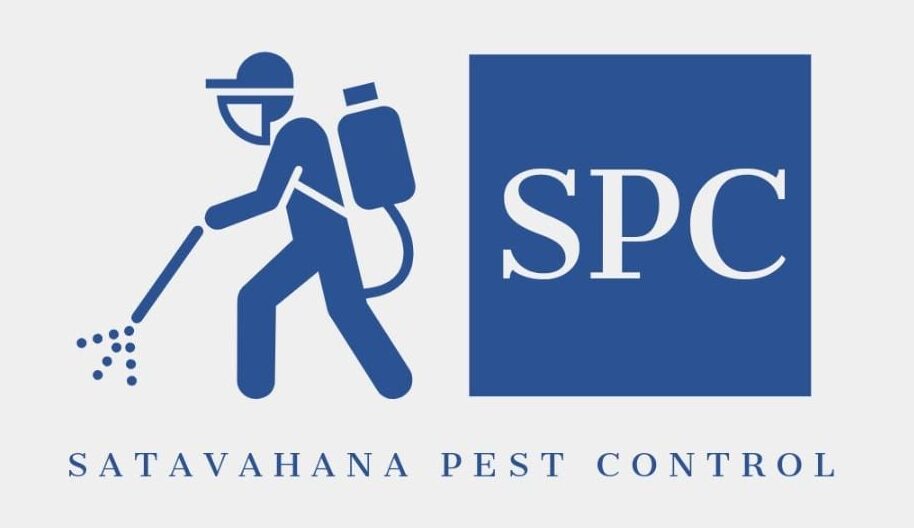
Controlling ants can be necessary when they become a nuisance or pose a threat to your property or health. Here are some common methods for ant control:
Sanitation: Keeping your home and surroundings clean is the first step in ant control. Make sure to clean up food crumbs, spills, and store food in airtight containers. Ants are attracted to food sources.
Sealing Entry Points: Ants can enter your home through small cracks and openings. Seal these entry points with caulk or other suitable materials to prevent them from getting inside.
Natural Repellents: There are several natural substances that can deter ants. These include vinegar, lemon juice, cinnamon, and peppermint oil. You can use these as sprays or place them in areas where ants are likely to enter.
Ant Baits: Ant baits are a popular method of control. They contain a mixture of food and poison that ants carry back to their nests. This can help eliminate the entire colony. Be sure to place baits where ants are active but out of reach of children and pets.
Diatomaceous Earth: This natural substance is made from the fossilized remains of diatoms and is effective at killing ants. It works by dehydrating them. Sprinkle it in areas where ants are present.
Professional Pest Control: If you have a severe or persistent ant problem that you can’t manage on your own, it may be necessary to hire a professional pest control service. They have the expertise and equipment to identify and eliminate ant infestations.
Preventive Measures: To prevent future ant infestations, maintain good hygiene in your home, keep food stored properly, and regularly inspect for cracks and openings that ants can use to enter.
It’s important to identify the type of ant you’re dealing with, as different species may have different behaviors and preferences. Some ants prefer sweet foods, while others prefer protein-based foods. Knowing their preferences can help you choose the most effective control methods.
Additionally, consider using environmentally friendly and non-toxic methods whenever possible to minimize harm to the environment and other beneficial insects.
